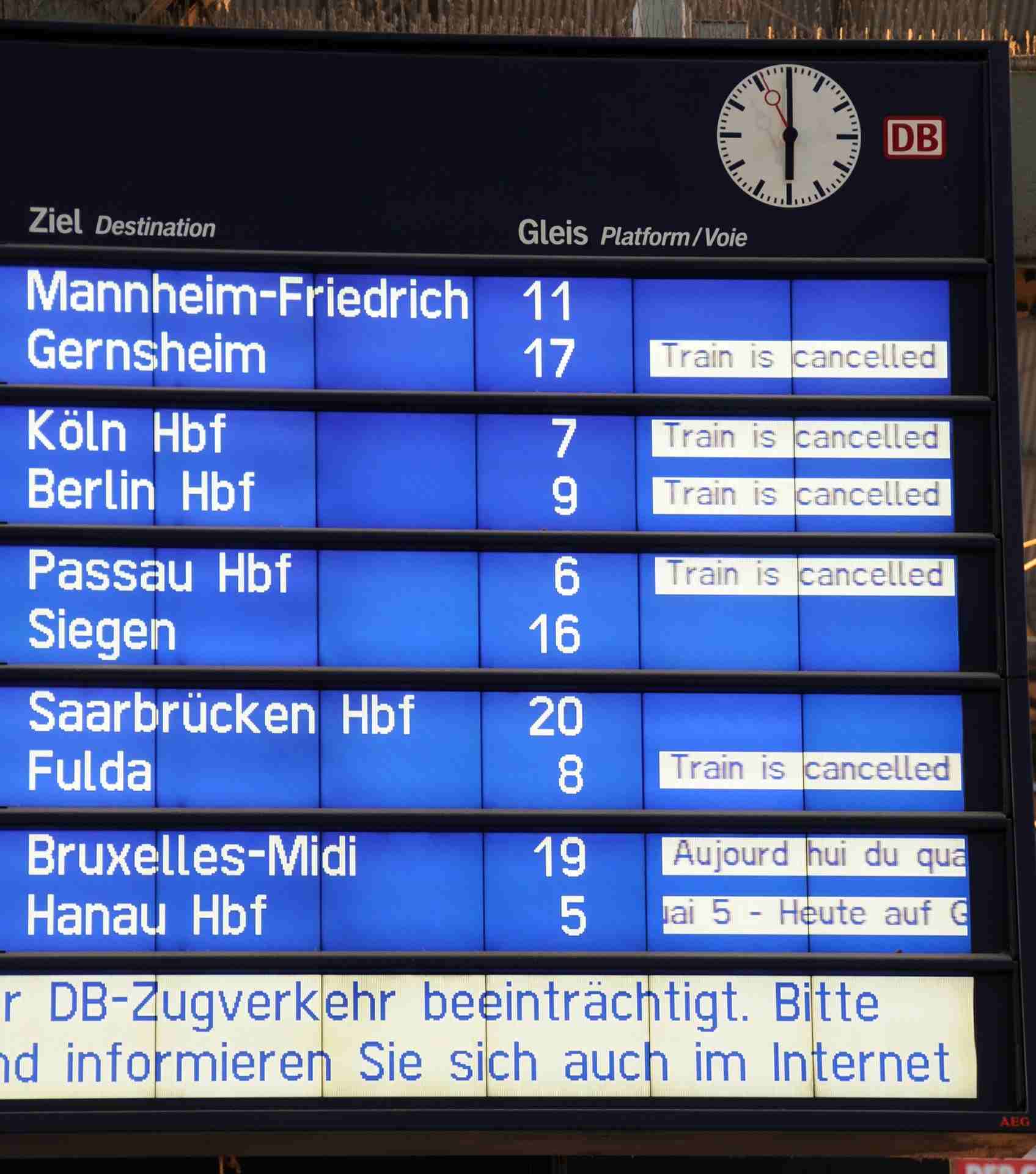Author: Felix Gündling, Technische Universität Darmstadt, April 2014
Introduction: Most timetable information systems available today allow for finding train connections which are optimal regarding multiple criteria. All resulting journeys offered to the traveler start at a departure station and end at an arrival station.
 display panel (C) Frank Wittkowski Pixabay
display panel (C) Frank Wittkowski Pixabay
But this does not cover the full use case of most users. In practice, most journeys do not start at a station. This also applies to the destination:most users don’t just want to visit a specific station but have a destination address they want to reach. Consequently, the user would like to enter two street addresses or even pick two coordinates from a map as an input for a travel information system. The system then should figure out an optimal connection between these two locations.
Thus, a possible query could look like this:
“Search for a connection from Hochschulstraße, Darmstadt to Wilhelm-Busch-Straße,Bayreuth at 13:00 o’clock. I either walk or take a taxi at the beginning. At the destination I would like to walk.“
Finding optimal answers to this kind of question is the main topic of this thesis.
The entire article can be downloaded from An intermodal traffic information system.